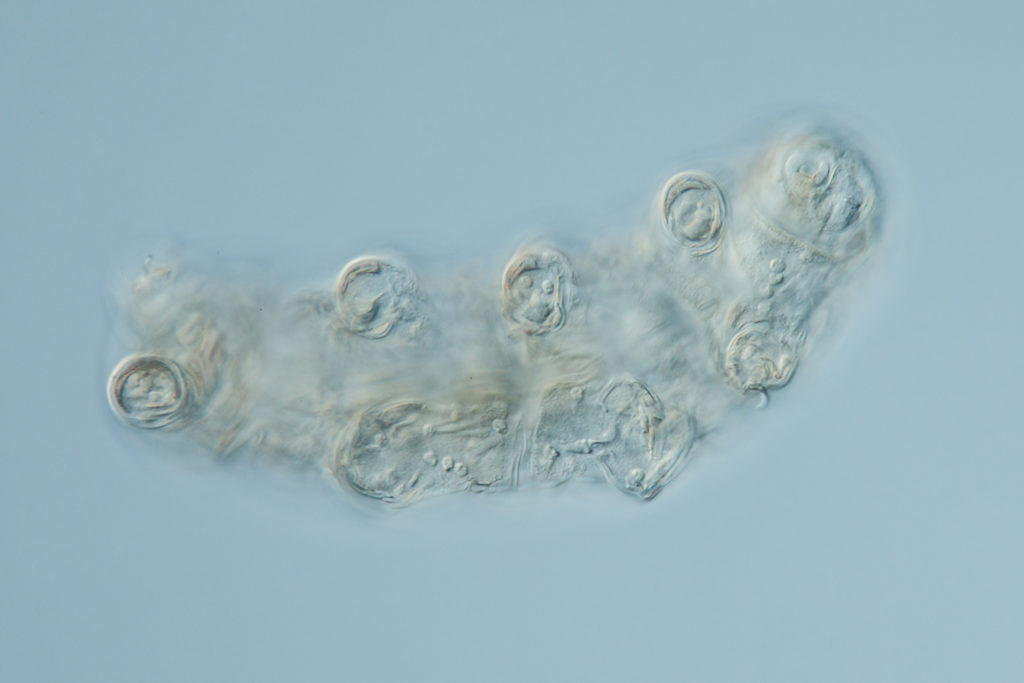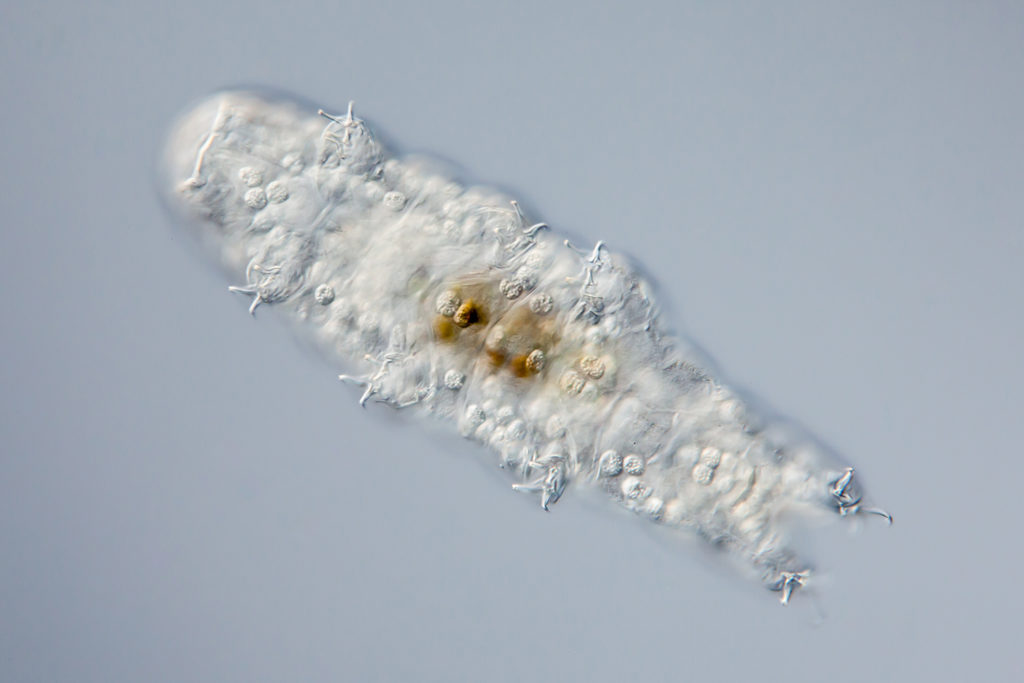
Microscopic Animals Small and Significant Fauna


Microscopic Animals Objectives
-
Identify microscopic pond animals based on their structural characteristics.
-
List different forms of motion visible at different magnifications.
-
Explain what a tardigrade is, including their classification.
Microscopic animals include animals that start too small to see and then grow large enough to be visible (macroscopic), as well as animals that stay microscopic for their entire lifespan.
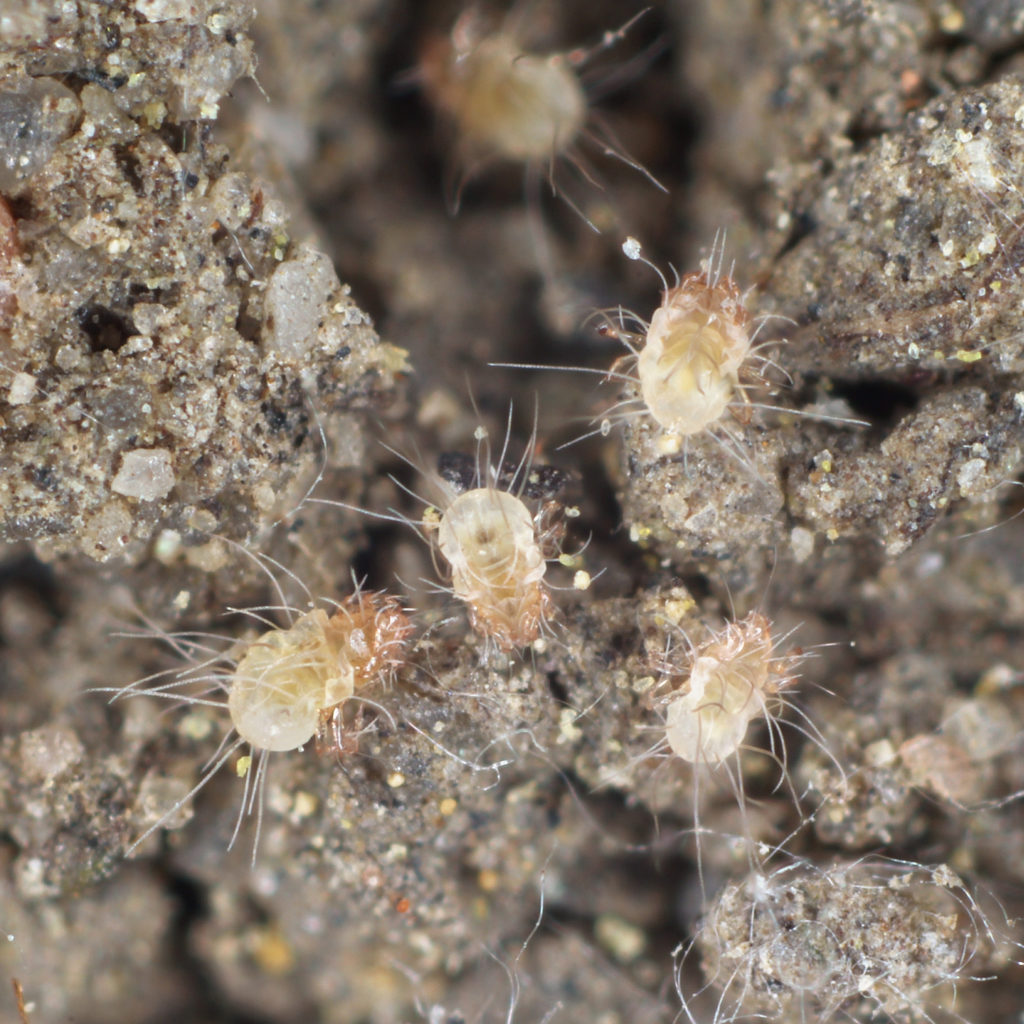
Dust Mites
Some dust mite species produce feces that can initiate an allergic response in humans.
Research on microscopic animals is focused on species that can cause disease or damage crops.
Mites like the dust mites and spiders mites pictured, are arachnid arthropods, relatives of spiders and scorpions. Like other arthropods, they have muscles and legs for movement.
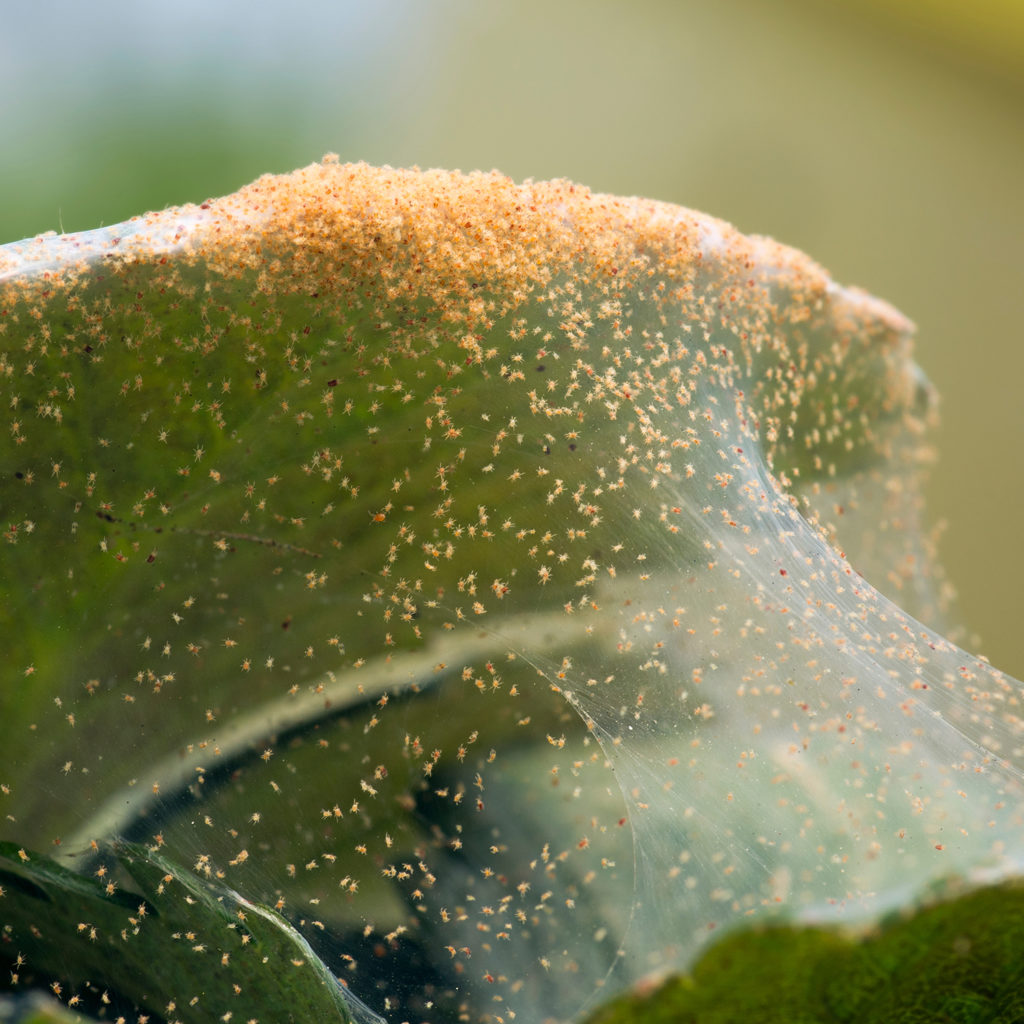
Spider Mites
Herbivore species, some damage crops including tomatoes and peppers.
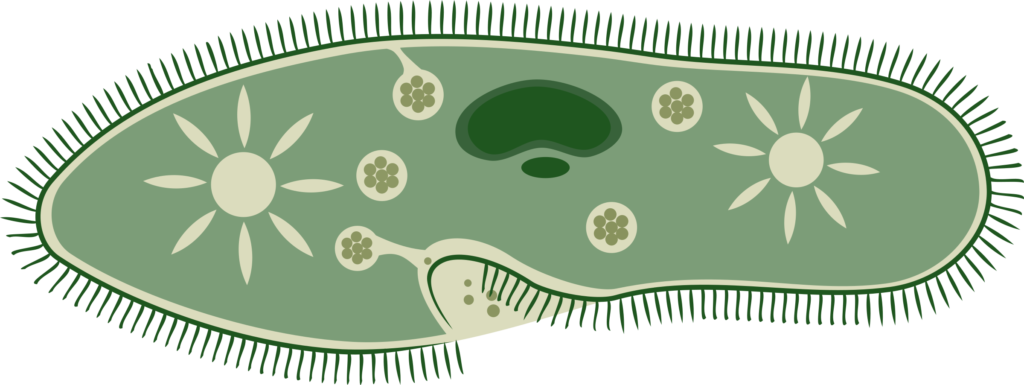
Microscopic animals are also abundant in freshwater, saltwater, and terrestrial soils. Despite their small size, their high numbers and overall biomass mean they are important parts of food webs in these ecosystems.
One of the easiest locations to locate microscopic animals is in pond water. Algae and detritus is a primary food source for many microscopic aguatic animals.
First, we’re going to look for microscopic animals in a pond sample from Bend, Oregon at high elevation.
This is a small pond, but there clearly are many macroscopic organisms, including the water striders on the surface.
We brought the sample back to our “lab” (cargo container) to examine it under the microscope.
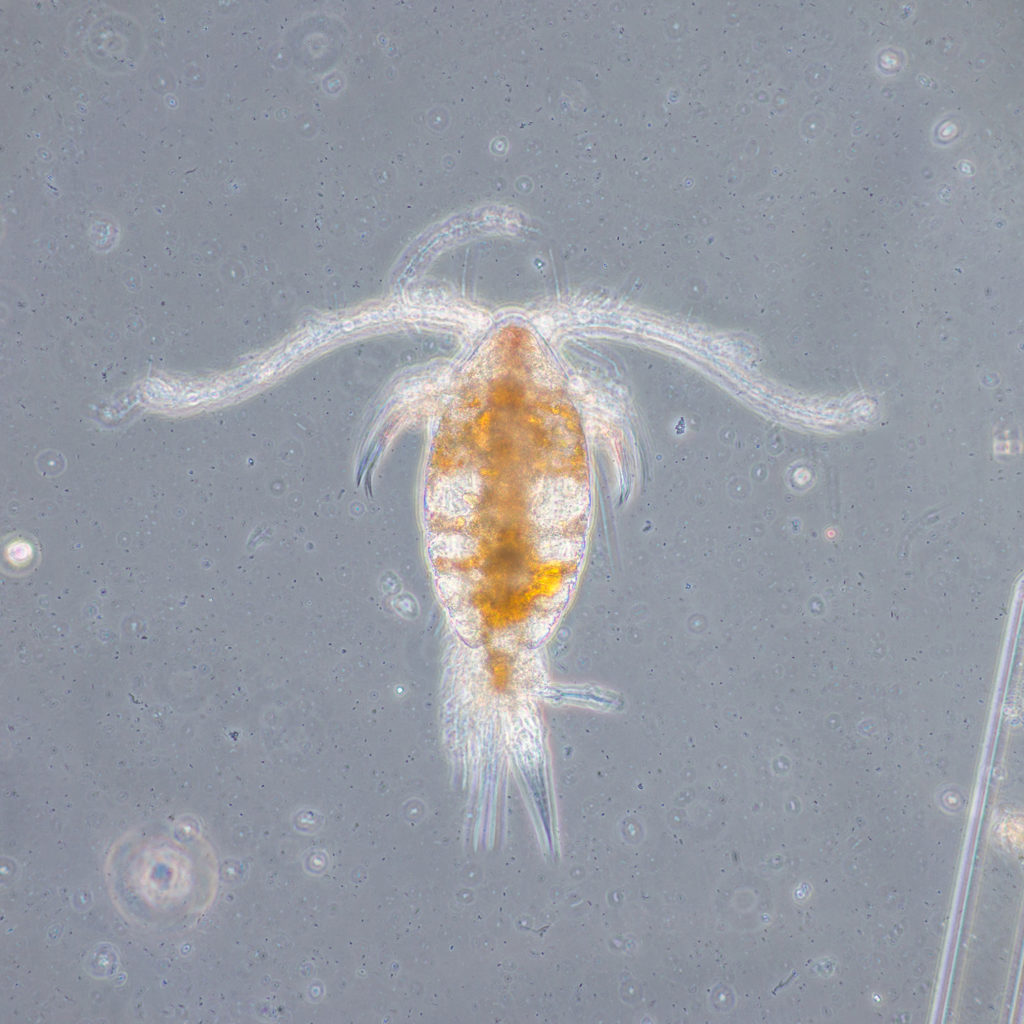
Copepods
400x Crustacean arthropods that use muscles and legs for movement and feeding. They have an elaborate nervous-muscular interface that enable them to quickly move away from potential predators.
Two common groups of microscopic animals in ponds are copepods and rotifers.
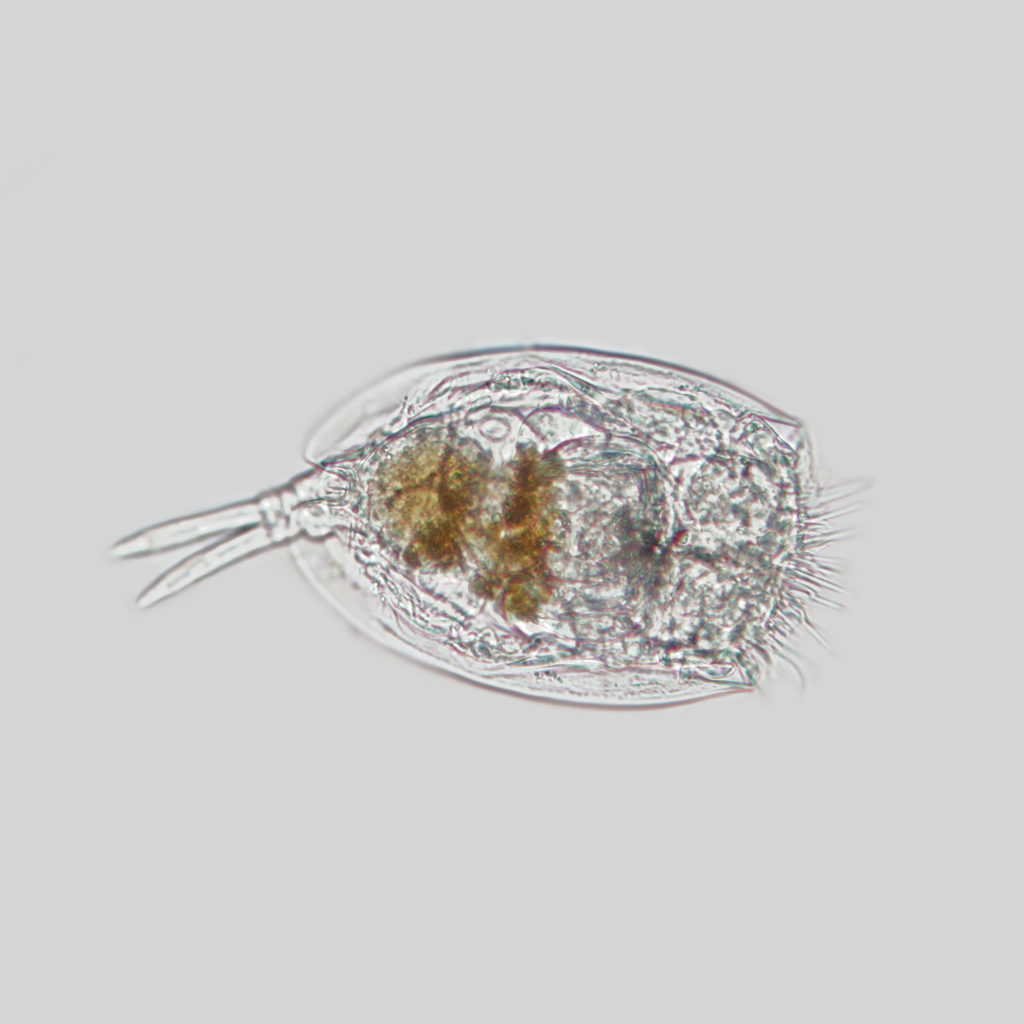
Rotifers
600x
Rotifers use a ring of little hair-like cillia (right side of photo) to undulate and propel them through the water.
Another option besides collecting a pond sample is to order organisms.
Here are the amphipods in motion after poured into a holding tank. Their legs are propelling them through the water.
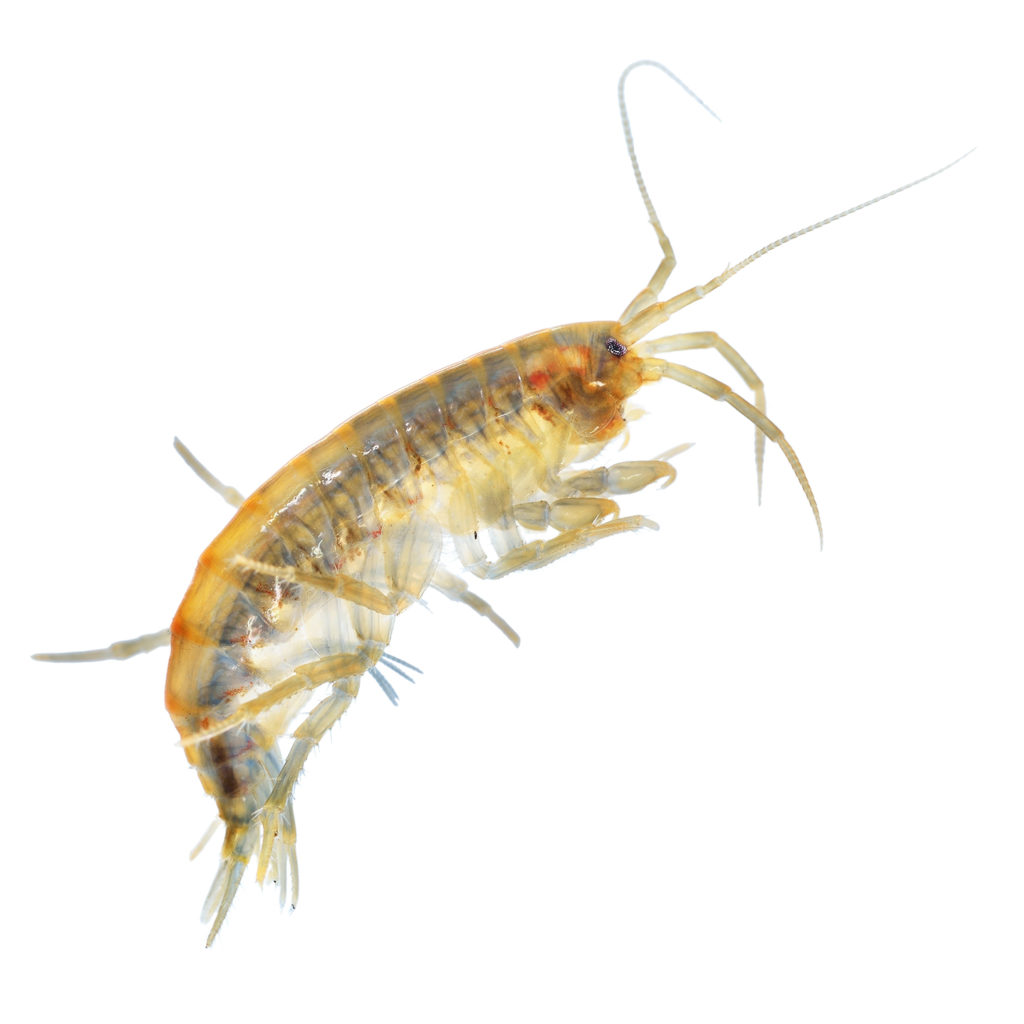
Amphipods (100x)
Like many aquatic arthropod crustaceans (shrimp, krill, crabs), the amphipods alternate the legs on opposite sides of the body. So when one leg moves forward, the one on the opposite side of the body is moving backwards. This is analogous to four-legged mammals walking.
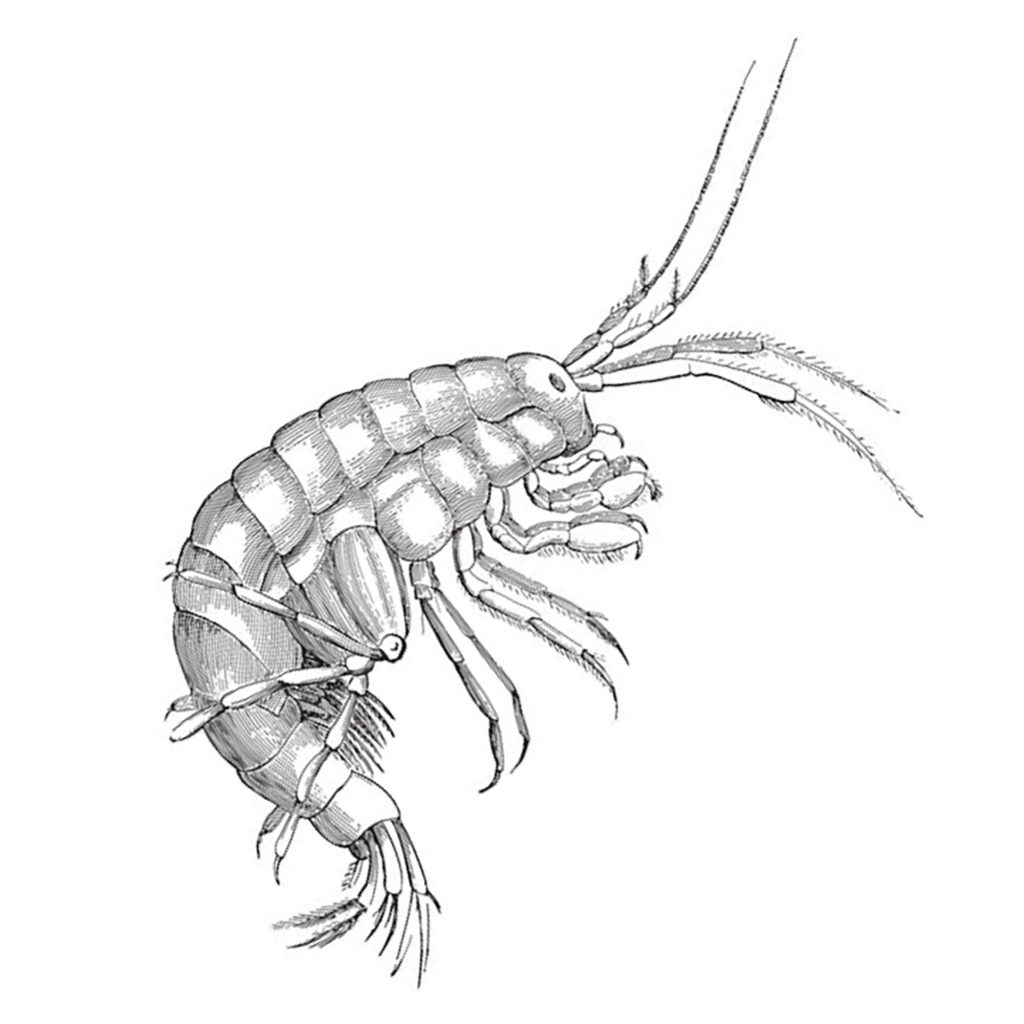
These are daphnia swimming by the camera. They use their antennae to move and their legs to filter food out of the water. The antennae whip though the water, which makes them look like they are jumping like “water fleas.”
Tardigrades

Tardigrades have small legs that “walk” through water and on the mosses they are often found in. Even though they look like a microscopic bear to some, they are so different than other species, they have been classified in their own invertebrate phylum: Phylum Tardigrada.
Start your Guide 2A media assignment here
In this course you are constructing a portfolio of your work.
This video introduces the basic requirements of the Animal Biology Portfolio.
Examine the course outcomes in more detail
I’m going to be making my own Animal Biology Portfolio along with you. Your portfolio may look very different, but this video includes some of the considerations in designing your own portfolio.
Portfolio Plan
This is the first of two media assignments that introduce the animal biology portfolio. The portfolio will be due the Wednesday of finals week (“week 11”). There is no final exam for BI 102, instead you will be compiling and submitting this portfolio of your work.
The portfolio has two features:
1. demonstrates your achievement of the nine course outcomes
2. constructed so you may use it beyond this course
In this media assignment you will become more familiar with the nine outcomes.
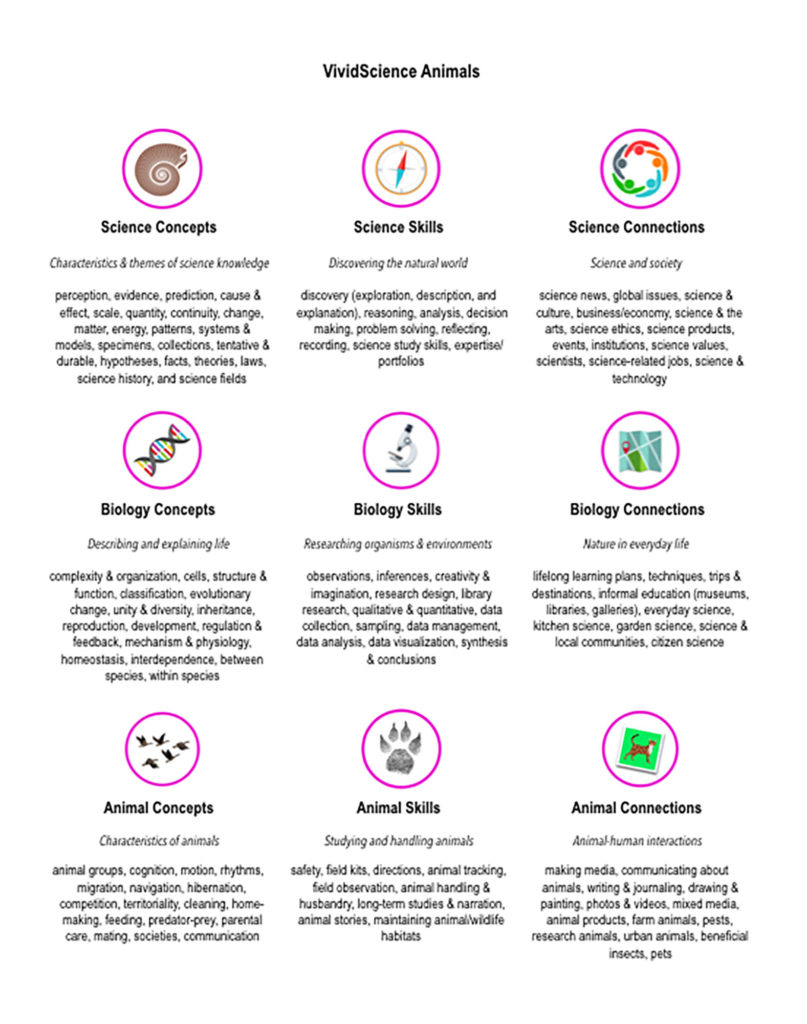
Steps for this media piece assignment:
1. Watch the two videos (above) that introduce the portfolio and nine outcomes.
2. Look over the outcomes, they are listed in more detail at the link provided above.
3. Think of examples of work you can use to demonstrate mastery of the nine outcomes. For the final portfolio due at the end of this course, you will need a substantial example of your work representing each of the nine outcomes .
4. Select four different outcomes from the list (any four of the nine).
5. Upload to Canvas examples of your work you could use to partially represent mastery of these four outcomes. List the name of the outcome (for example “animal connections”) and the example you could use (like a photo essay on caring for your pet). These examples could be work you have completed in this course, previous courses, or from your other life experiences.
6. To summarize: you are uploading a list of the work you can use to demonstrate partial mastery of four different outcomes. If you already have the work completed (for example, your field kit, or photos of pet care), you can start collecting these pieces; there will be assignments of assembling them into the final portfolio in upcoming guides.
This is the end of Guide 2A. The next step is to take the quiz on Canvas and upload your Portfolio Plan media piece. Please proceed to the product page.

Check your knowledge. Can you:
-
identify microscopic pond animals based on their structural characteristics?
-
list different forms of motion visible at different magnifications?
-
explain what a tardigrade is, including their classification?
